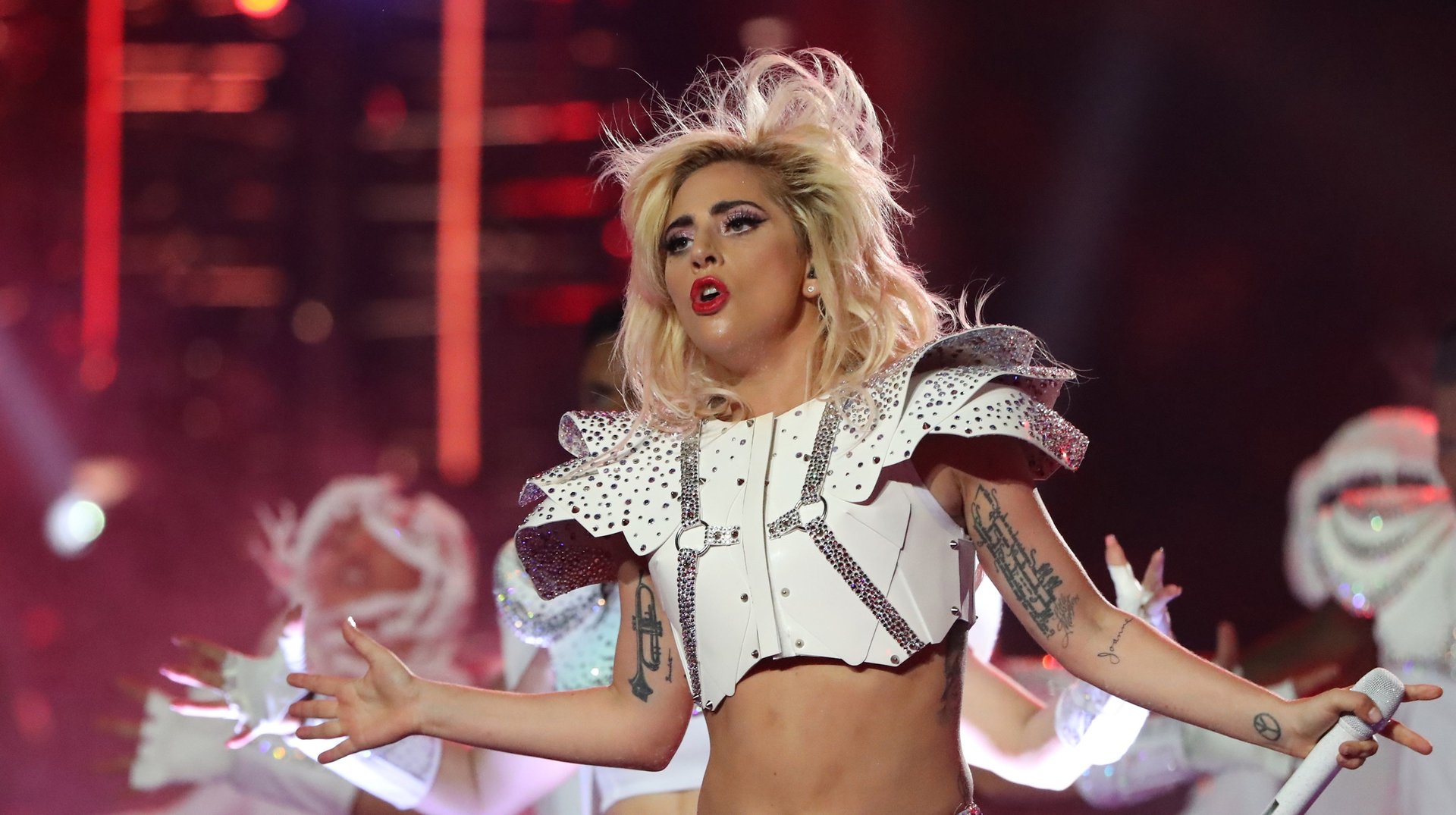Spotify has 50 million people paying for its music. Why is it still unprofitable?
New year, new milestone. Music streaming service Spotify announced proudly on March 2 that it now has 50 million paying subscribers—more than double the latest figure boasted by Apple Music, its closest competitor, and representing a 25% increase over Spotify’s own numbers from six months ago.


New year, new milestone. Music streaming service Spotify announced proudly on March 2 that it now has 50 million paying subscribers—more than double the latest figure boasted by Apple Music, its closest competitor, and representing a 25% increase over Spotify’s own numbers from six months ago.
Business booms for the nine-year-old company. Spotify hit 20 million paying subscribers in June 2015, 30 million in March 2016, and 40 million in September 2016. This week’s 50 million figure indicates a slight slowdown in growth—but an impressive, continuous increase nonetheless, and one that bucks industry skepticism that the streaming market may have reached saturation. By personalizing users’ experience with features like its signature Discover Weekly playlist, Spotify has managed to build up a loyal base of paying subscribers around the globe, sparking the copycat envy of rival companies to boot. The company’s private valuation stands at a cool $8.5 billion.
So why’s it still unprofitable?
Spotify’s most recent filings show that while it had record revenues of $2.18 billion in 2015, it also had a loss of $194 million. Two main reasons stand behind the company losing so much money: It pays out a lot, and charges little.
As an on-demand music buffet, Spotify must regularly pay to license its library of 30 million songs from the labels and artists who own them—which gets expensive fast, causing a staggering 80% of the company’s cash flow to go straight back out as copyright payments. Revenue from users isn’t keeping up. The service’s premium subscription tier ($9.99 a month for users in the US and roughly equivalent around the world) does draw in more money than its free, advertisement-supported tier—but paying subscribers only make up 30% of Spotify’s overall user base; the majority of people are still listening for free.
Netting 50 million paying subscribers is an impressive feat. It suggests Spotify still has room to grow, and bodes well for its eventual, long-delayed IPO—now expected in 2017 or 2018. But the number alone doesn’t say anything about the sustainability of the streaming company’s still-shaky business model.